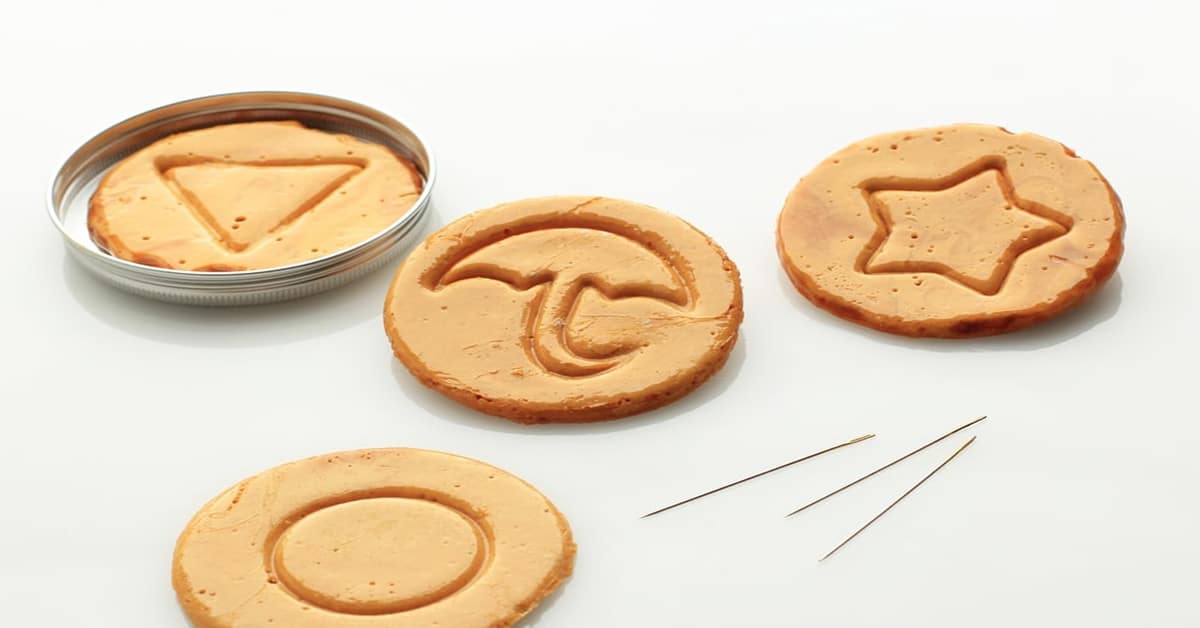Asian Candy – The Adventure of Flavors
Asian candy stands out due to its nature, taste, and ingredients when compared to the sweets of the rest of the world. Since Asia is an extraordinary continent, it’s not surprising that people from Western countries consider Asian candy something exotic. Therefore, the Asian confectionery industry is like a whole new world, where everything is far from what we are used to.
Asia is very diverse and is a mix of different cultures and traditions. China, India, Japan, Turkey, South Korea, Indonesia, and 42 other countries create this uniqueness. Every step of the way, there are treats made from rice or rice flour. Tamarind and Rosewater are cherished and loved here, and many more… Follow us, and let’s travel to an Asian sweet adventure.
Please leave a review or any memories of this snack in the comments at the bottom of this page. Thank you!
Asian Candy Names
- Dragon’s Beard Candy
- Haw Flakes
- Kaju Katli
- Kulfi
- Gulab Jamun
- Chili Mili
- Hi-Chew!
- Konpeito
- Kue Putu
- Klepon
- Dalgona
- Pumpkin Candy
- Turkish Delight – Lokum
- Halo-Halo
- Sampalok Candy
- Ma’amoul
- Basbousa
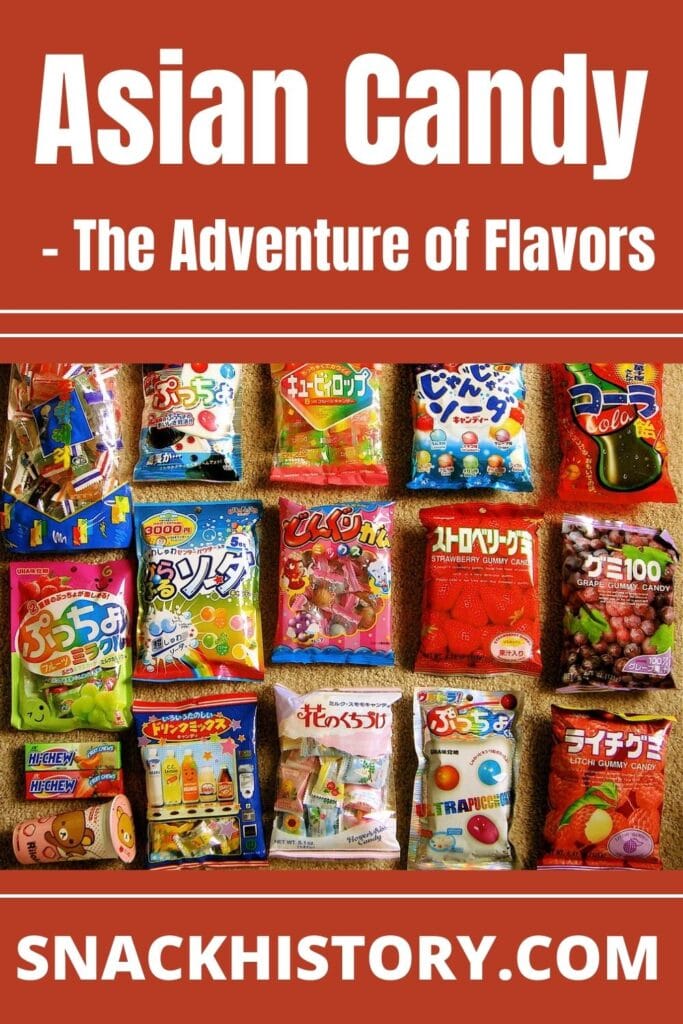
A Brief History of Asian Candy
Interesting fact: the word “candy” comes from ancient Indian Sanskrit. A piece of sugar was called “Khanda.” After some time, the Arabic version presented the word “Qandi.” “Candy” actually started to be used in the late 13th century.
Even though the first traces of sweet treats go back to Egypt, it is believed that the very first “candies”, which were a mixture of honey, fruits, or nuts, were invented in 250 AD in Ancient India. In the 6th and 4th centuries BCE, it was discovered that Indians could make “honey without bees”. They have adopted the practice of making sugar from sugarcane. Pieces of sugar were produced by boiling the sugarcane juice. That’s how Indians created “Khanda“—the very first candy ever created. The sugar-making process was later spread to the whole Asian continent and was used by different countries.
Buy Asian Candy Online
Legendary Chinese Treats in Asia
When talking about Asian candy, it’s hard to mention the local treats of China which fascinate people around the world. Surprisingly, before sugar was available, ancient Chinese people used honey to make the sweet treat. They even gave them different shapes.
1. Dragon’s Beard Candy
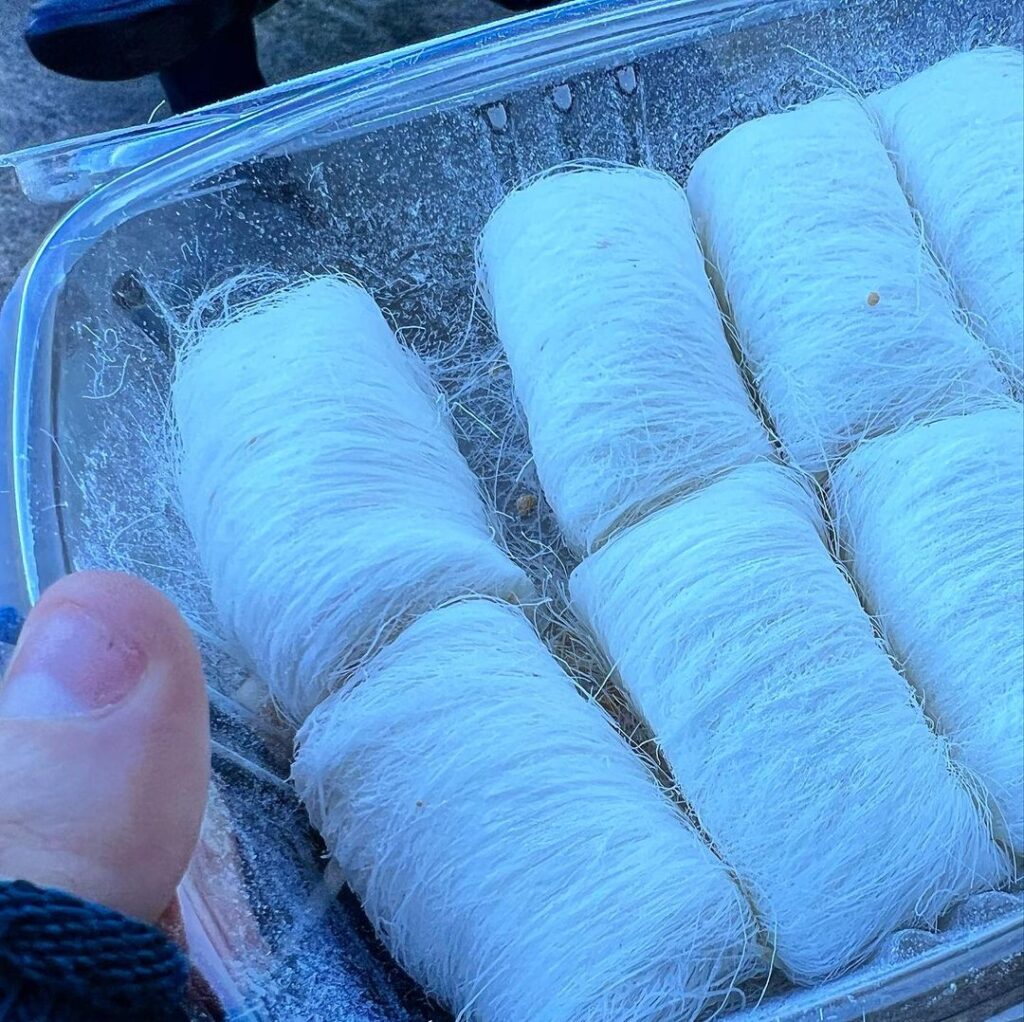
Dragon’s beard candy is also called Chinese cotton candy and is a great representation of Asian candy. Creating this treat has become an art form and a huge part of Chinese culture. This Asian candy is handmade. Even though it originated in China, it is very popular in Korea, Turkey, and Singapore too.
Legend states that the candy was invented during the Han Dynasty by an Imperial court chef. The process involved the stretching of the rice flour mixture into the thin threads. The threads looked like a dragon’s beard and were very sticky. So, the emperor named it so. The dragon is also a symbol of the Chinese emperor. So, candy became an inseparable part of Chinese culture.
Dragon’s beard candy looks like cotton candy, however, they have some major differences. For example, it has a much lower amount of sugar and calories.
2. Haw Flakes
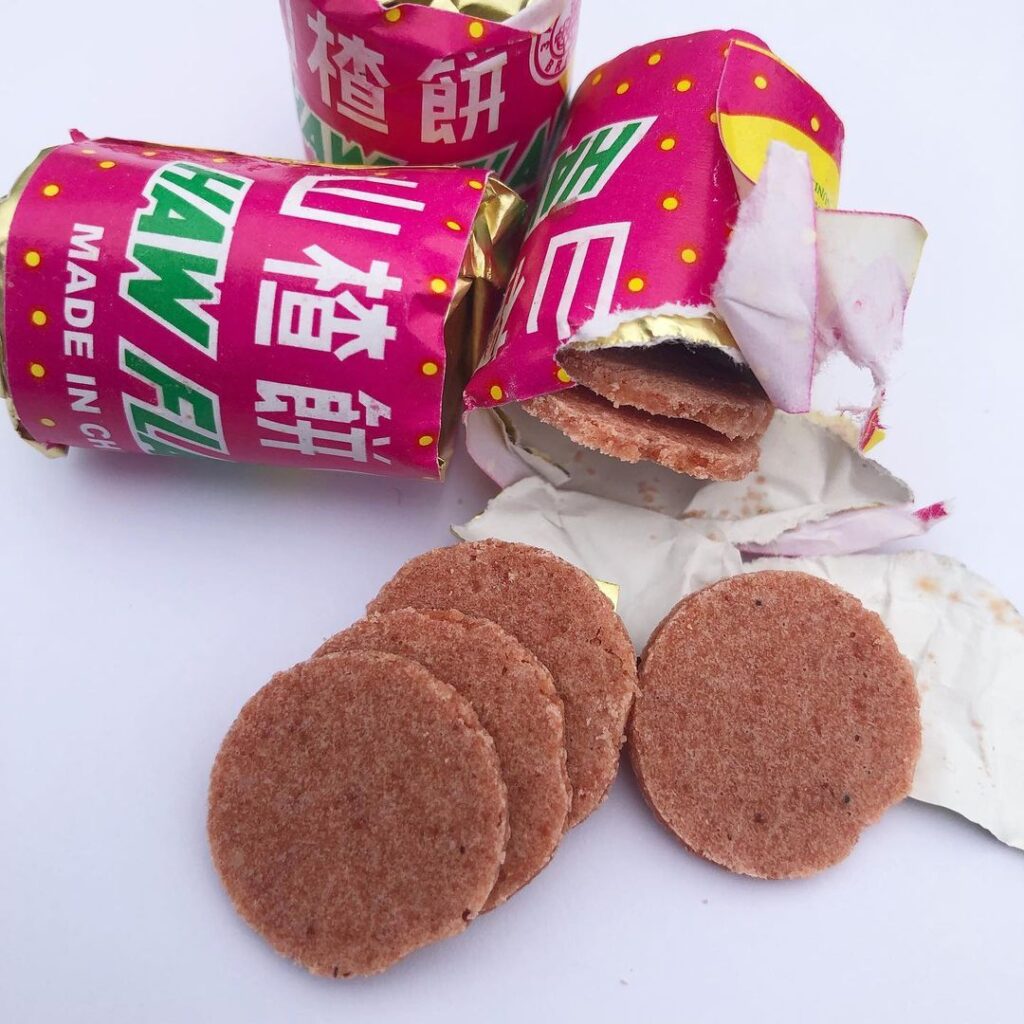
Haw Flakes are Chinese sweets that consist of the fruit of Hawthorn. The candy mostly comes in the form of a disc, which is two millimeters thick. It is packaged in cylindrical stacks.
The taste of Haw flakes is rather sweet and tangy. It goes very well with the tea. There is a practice in china, that some people eat the candy with bitter herbal medicine to make the taste neutral. Candy is available in the Chinese market.
There is another type of haw flakes, and that is Gourmet Haw Flakes. They are larger in shape. The sugar level in the candy is very low in Haw flakes, and it is also additive-free, making it all healthy to eat.
Most Delicious Indian Candy in Asia
3. Kaju Katli
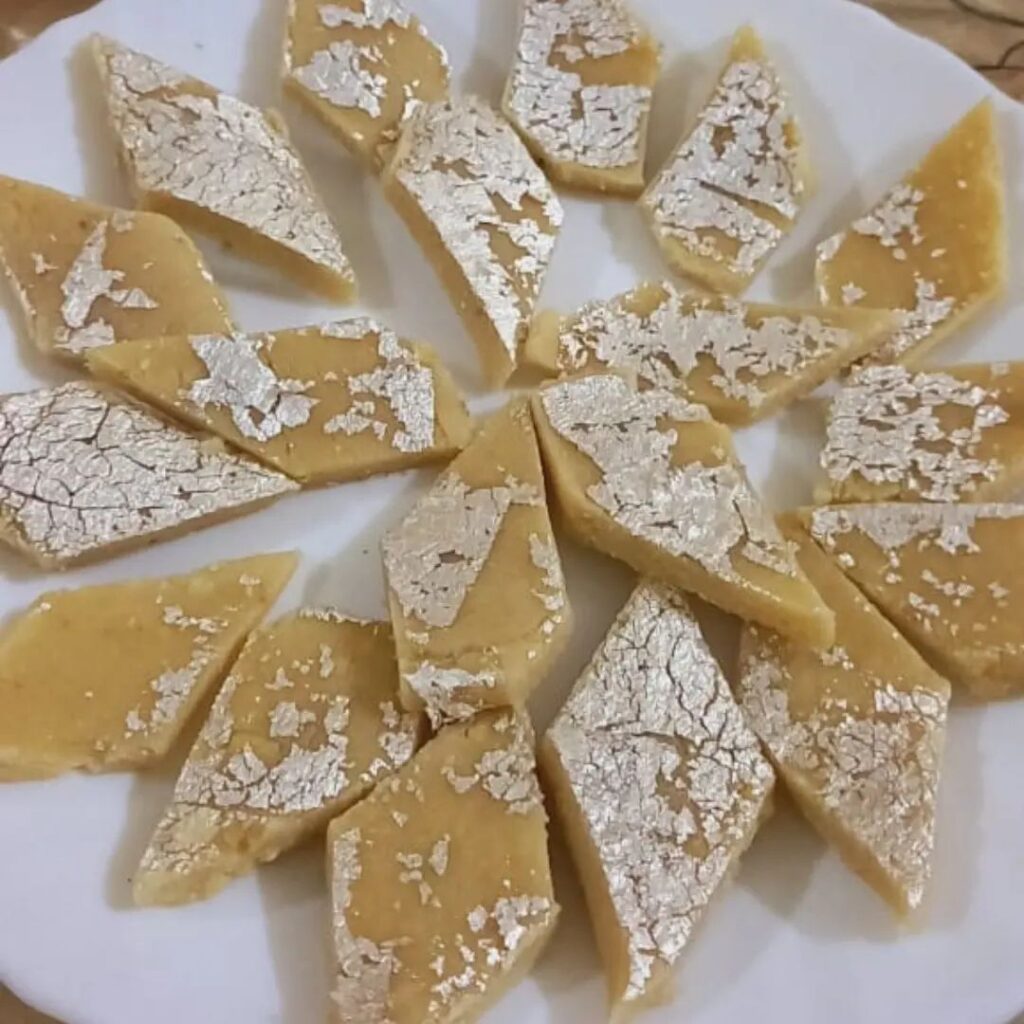
Kaju Katli is an Indian sweet treat that literally means “cashew slice”. This Asian candy is made with thickened milk and sugar. In some varieties, other ingredients are added too, such as fruits and spices.
Cashew nuts are soaked in water and then ground to a paste. Then the boiling sugar solution is added to the cashews, and some dried fruits are added. All that creates the delicious and mouthwatering Kaju Katli.
The shape is mostly flat and cut into bite-sized diamond shapes. Kaju Katli is mostly eaten as a Diwali snack.
4. Kulfi
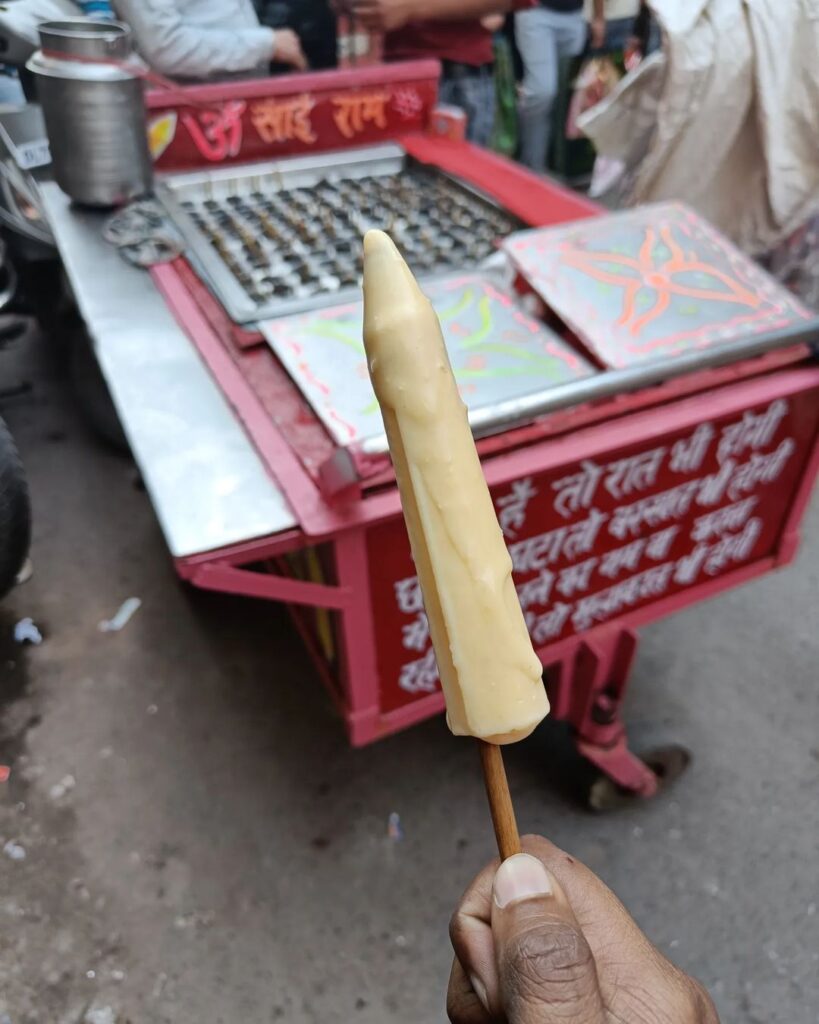
Kulfi is one of the most loved Asian candies. It is also called Indian ice cream. It is a frozen treat that dates back to the 16th century. In India, it is mostly sold by street vendors, but you can get it pretty much everywhere. The Kulfi is also popular in Bangladesh, Myanmar, Nepal, Sri Lanka, and the Middle East.
Kulfi is much creamier than ice cream. It is a dairy dessert that has been frozen. Just like most Asian candy, this treat comes in different flavors such as rose, mango, cardamom, saffron, and pistachio. It also melts much slower than ice cream because of its density.
Famous Pakistan Candy
5. Gulab Jamun
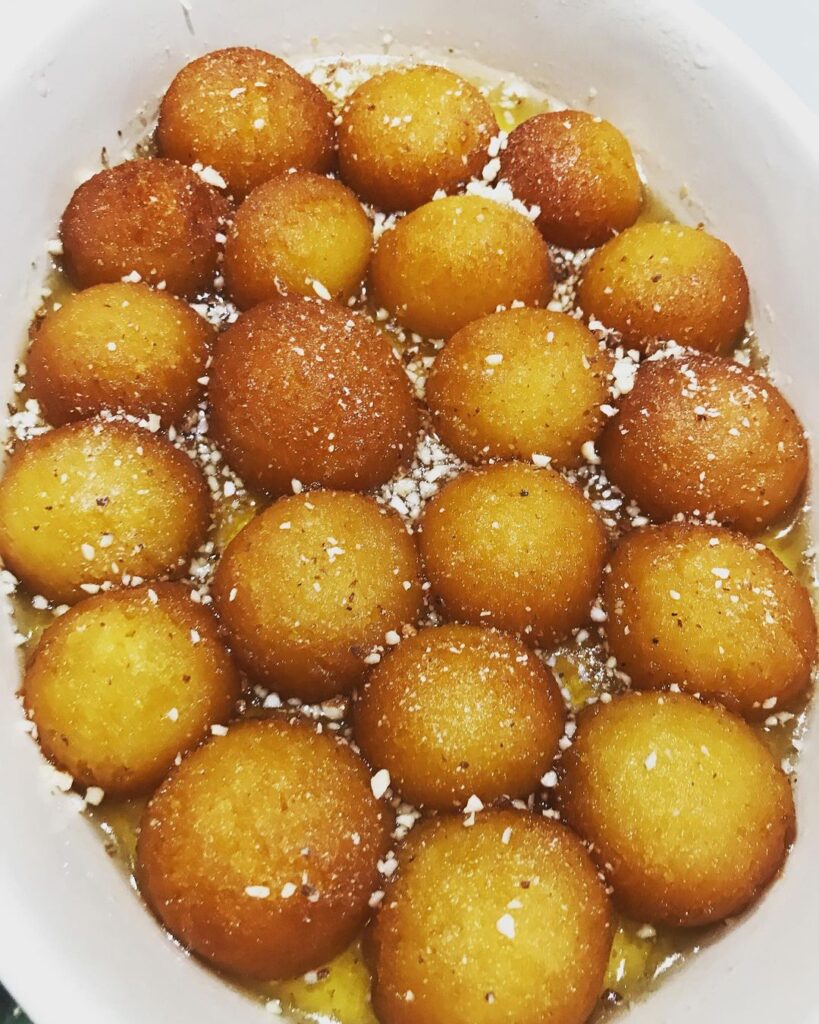
Gulab Jamun is a traditional Pakistani sweet treat and national dessert. It is very popular in India, Nepal, Pakistan, the Maldives, and Bangladesh too. World Gulab Jamun Day is actually celebrated on the 10th of October.
Candy is mainly made from milk solids. Milk is reduced to the consistency of a soft dough. It often contains dried nuts, almonds, and cashews too. The bite-sized balls are then dipped in saffron-induced sugar syrup.
6. Chili Mili
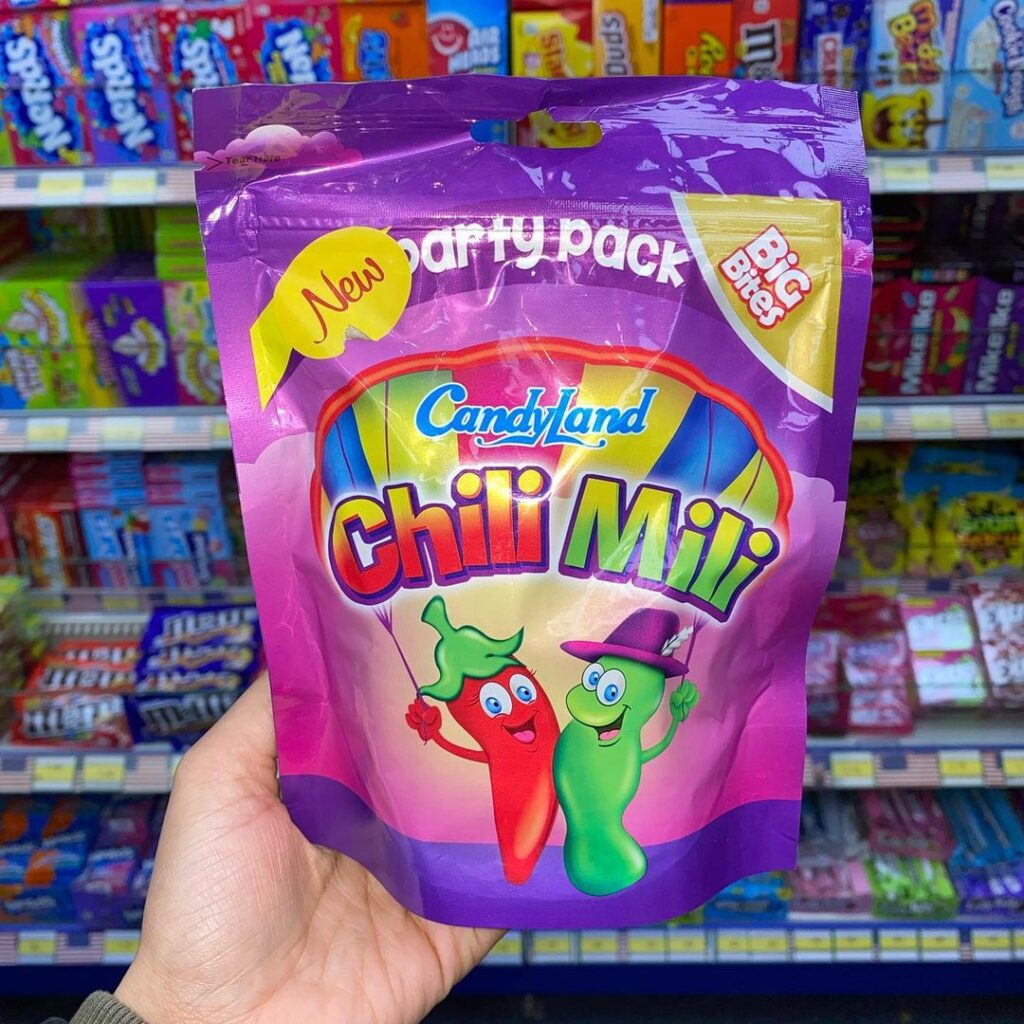
Chilli Mili is another loved and cherished candy from Pakistan. It is like a magic mix of chili peppers and sweet gummy bears. The spicy sweetness that comes along with this Asian candy is so unique and different that it immediately takes you to Asia. The gummies in the package are actually in the shape of chili peppers. This popular candy is also vegetarian and Halal certified. And guess what? This Candyland Chili Mili commercial is one of the main reasons why people around the world wonder what this candy tastes like.
Top Japanese Candy
Japanese candy truly is unique with its wide range of fun flavors and eye-catching packaging. The history of Japanese candy starts with the famous Mochi. Mochi is a sticky rice cake that is considered to be one of the oldest processed foods in Japan.
7. Hi-Chew!
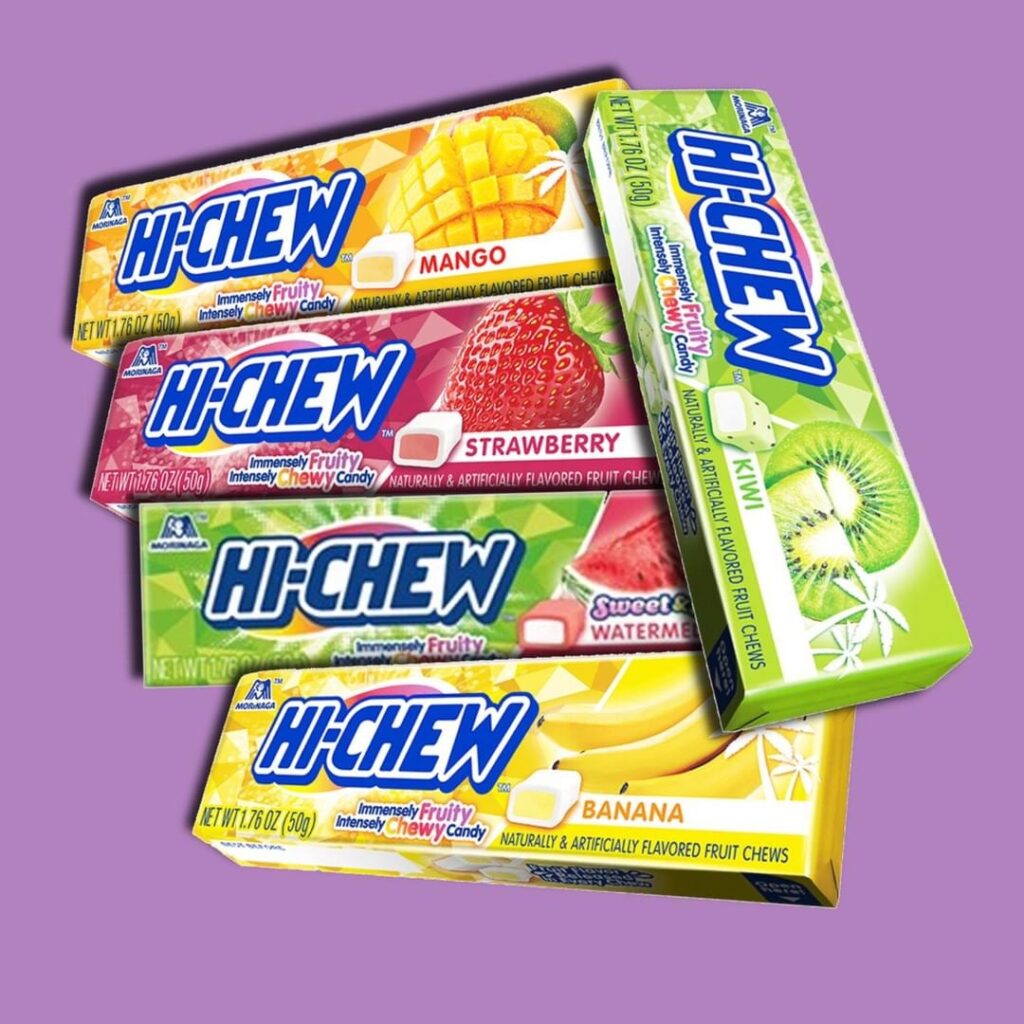
Introduced in 1975, Hi-Chew is considered one of the most popular Asian candy from the 1970s. The concept of gum comes from the cultural taboo, which states that food must not be taken out of the mouth. So, chewing gum that is edible had to be created. That’s how the Hi-Chew concept was created.
Candy was created by Taichiro Morinaga, who combined caramel with some flavorings, and as a result, he created Chewlets in 1931. However, his business failed, and later on, in 1975, he started making the candy again, from scratch. That was the time Hi-Chew was produced.
Hi-Chew gum comes in individual wrappings. The candy consists of a white coating and a colored flavored interior. There are also some variations, including strawberry, cheesecake, yogurt, cotton candy, and others.
8. Konpeito
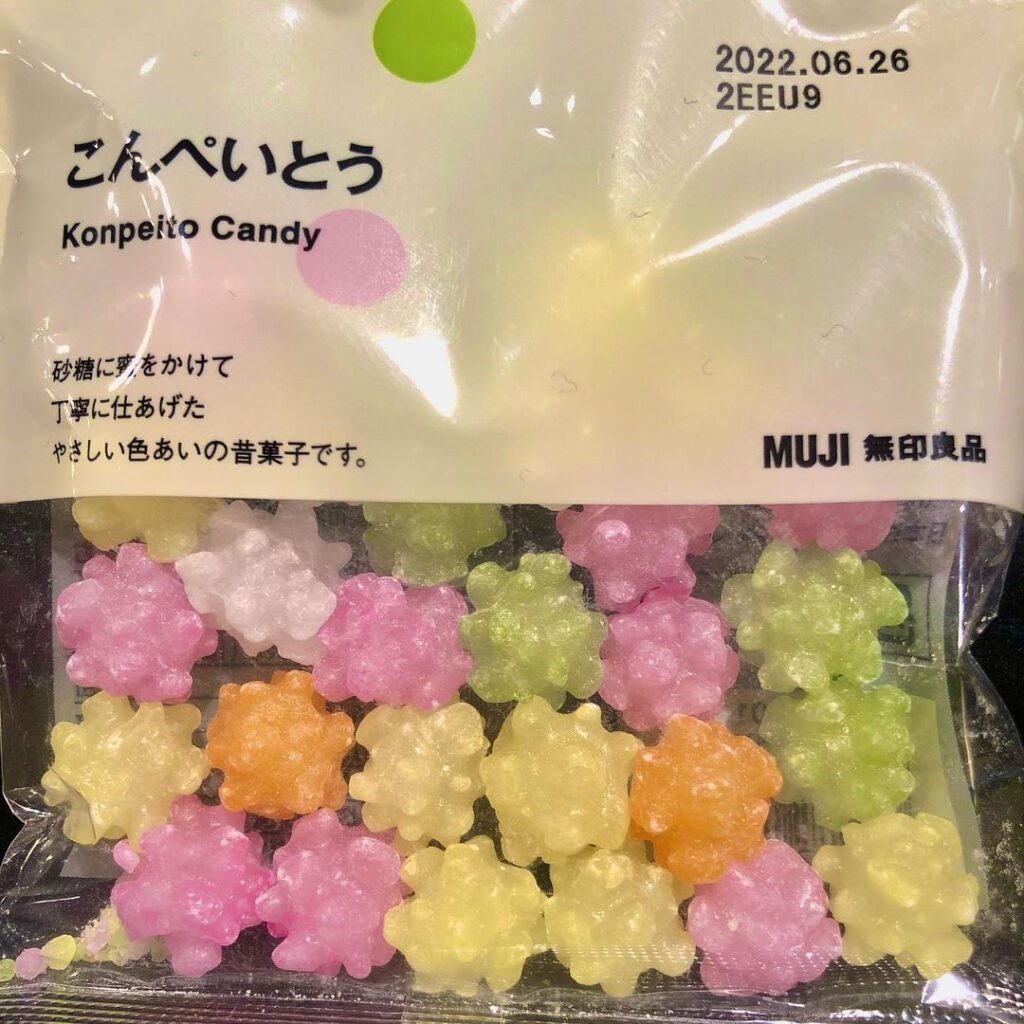
Konpeito is a Portuguese and Japanese sugary candy. Candy has different flavors and varieties. This Asian candy actually dates back to the early 16th century. Back then, the technique of candy making was brought to Japan by Portuguese traders. Konpeito was actually very rare and expensive too.
Candy has actually been part of Japanese culture since then. Hard candy is made from sugar and glucose and then turned into a little, colorful star.
Tastiest Indonesian Candy
9. Kue Putu
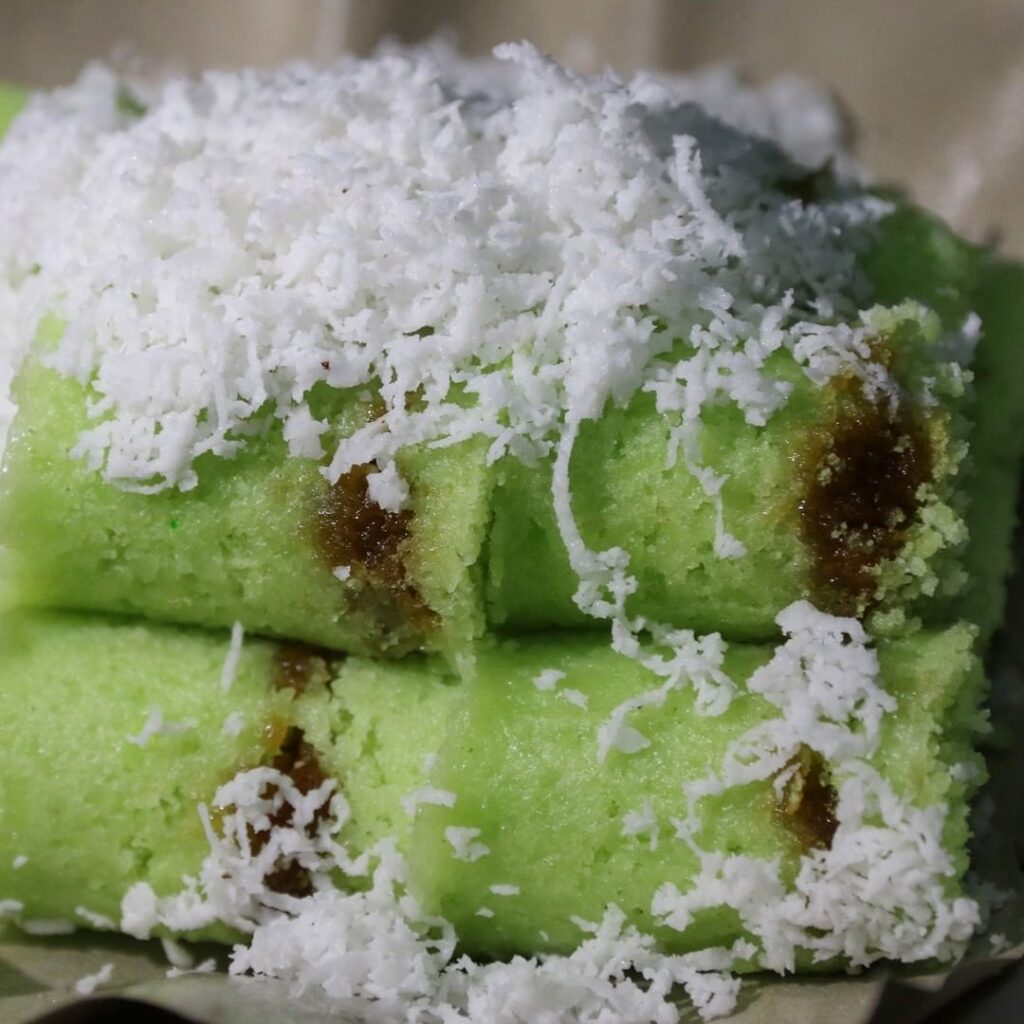
Kue Putu is Asian candy, considered to be an Indonesian sweet treat, that is made of rice flour and pandan leaves. The filling consists of palm sugar. All those are steamed in bamboo tubes and are mostly served with coconut.
Traditionally, Kue Putu is a bite-sized snack that is mostly sold by street vendors and can also be found in traditional markets. This Asian candy can also be found in the Netherlands because of its colonial ties with Indonesia.
10. Klepon
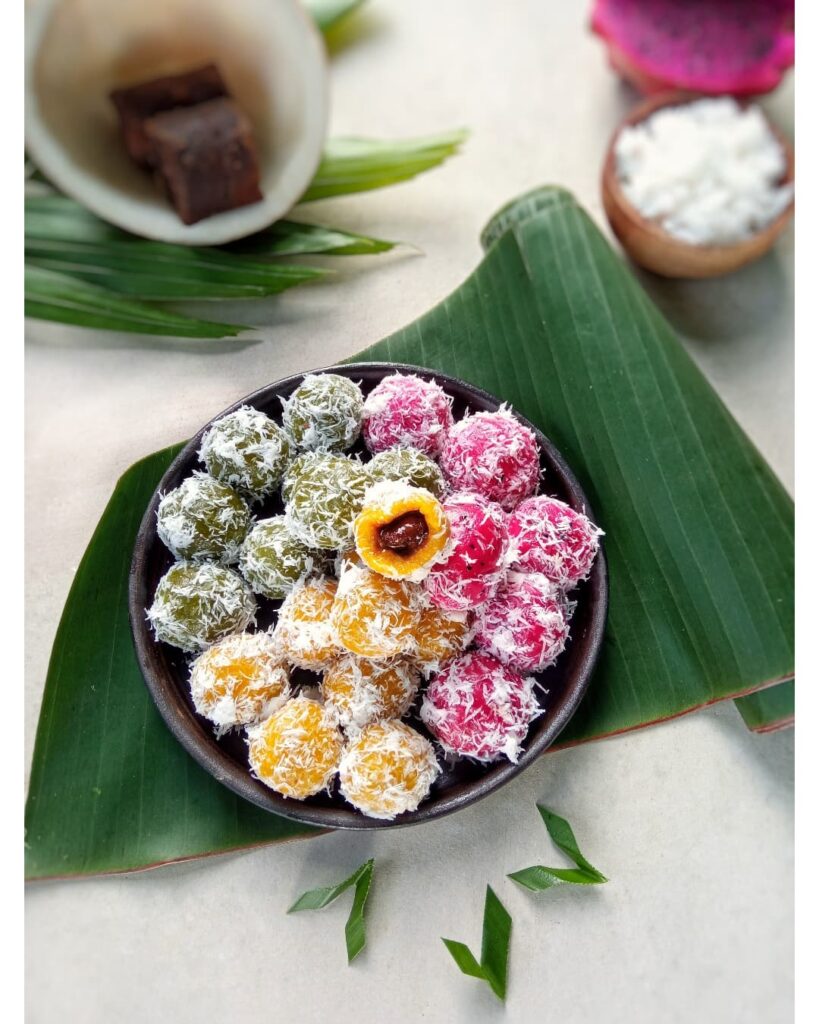
Klepon is the Indonesian version of the Japanese Mochi. It is a sweet ball that consists of rice flour and is filled with Japanese brown sugar. After this, it is brought to a boil, and in this process, the sugar inside melts and creates the perfect sensation while biting this Asian candy.
The balls are rolled in a coconut shred that balances the sweetness of brown sugar. Snacks are mostly found in Indonesia’s traditional markets.
Most Popular Korean Candy
11. Dalgona
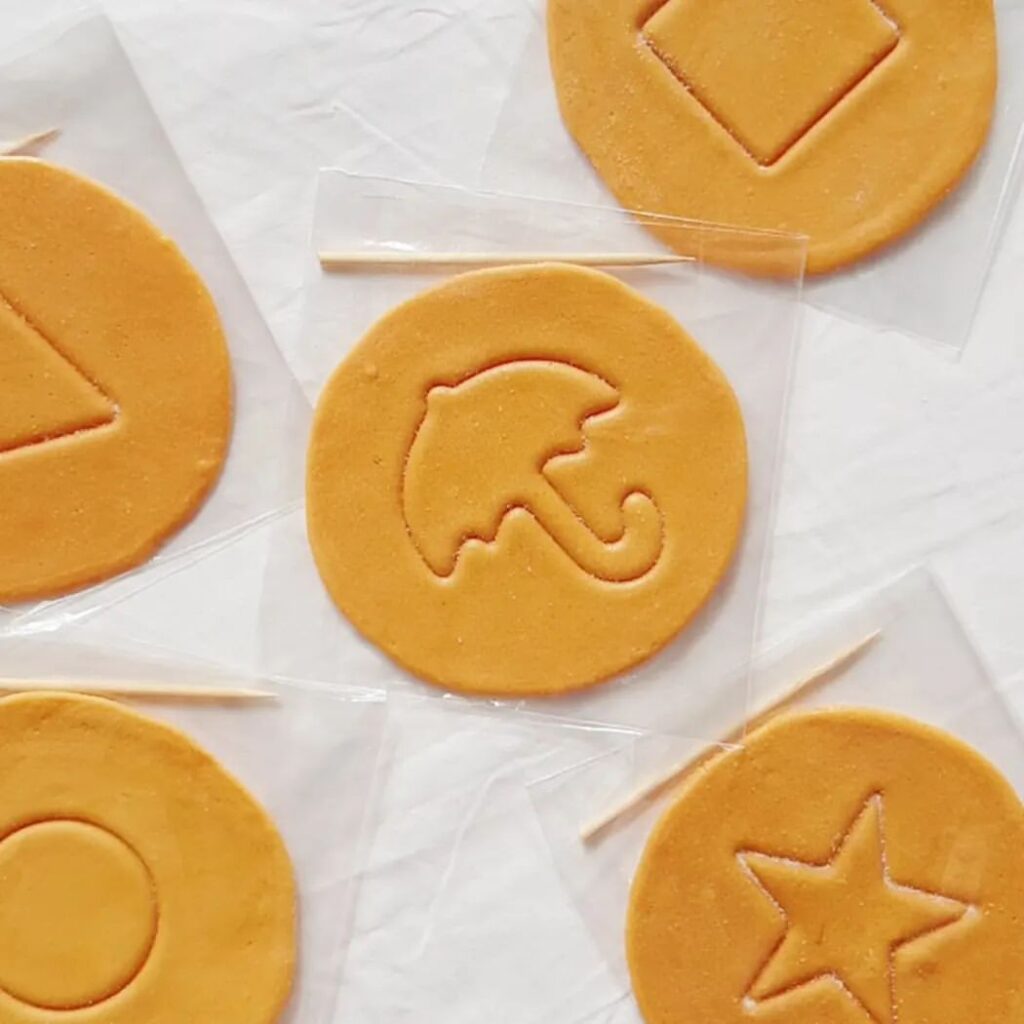
Dalgona candy is also called Poppy. Candy is made from melted sugar and baking soda. Dalgona has been a popular street snack since the 1970s and is regarded as one of the retro foods. The liquid of Dalgona is supposed to be poured into the patterned mold. After it hardens, it gets the shape. The fun part is to trim all the way around the outline of the picture without breaking it. In Korea, many cafes serve the treat as a pastry or dessert too.
Did you know that Bologna candy rose to prominence after appearing in the Netflix series Squid Game? If you’ve watched the series, you probably recognize this oddly shaped Asian candy. After the series, the sales of the candy doubled for the street vendors, and people even on social media expressed a huge interest in the treat.
12. Pumpkin Candy
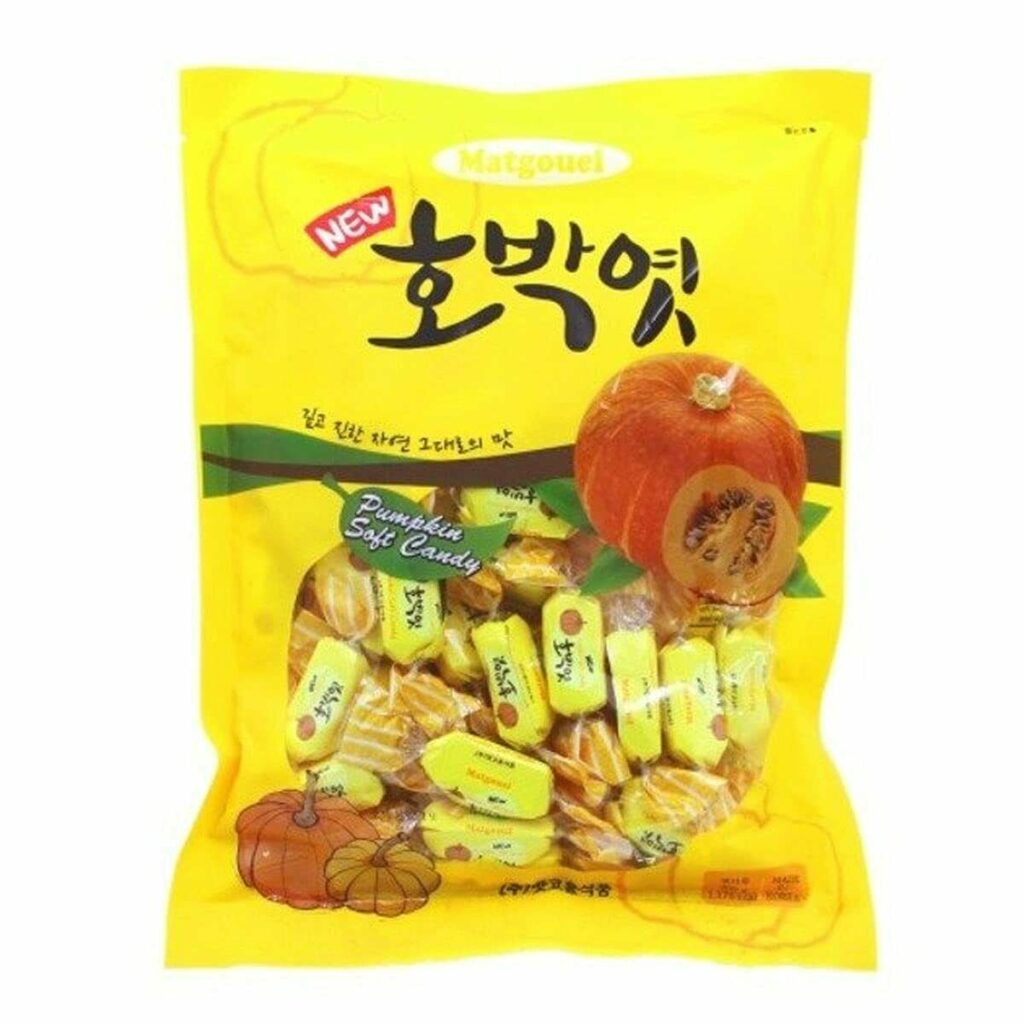
Pumpkin Candy is especially popular in Korea during the winter. Candy consists of rice-based biscuits, which have a very light texture and are fluffy on the outside. They are wrapped individually. Mostly, the pumpkin powder comes with candy, which makes it more sweet and savory.
13. Turkish Delight – Lokum
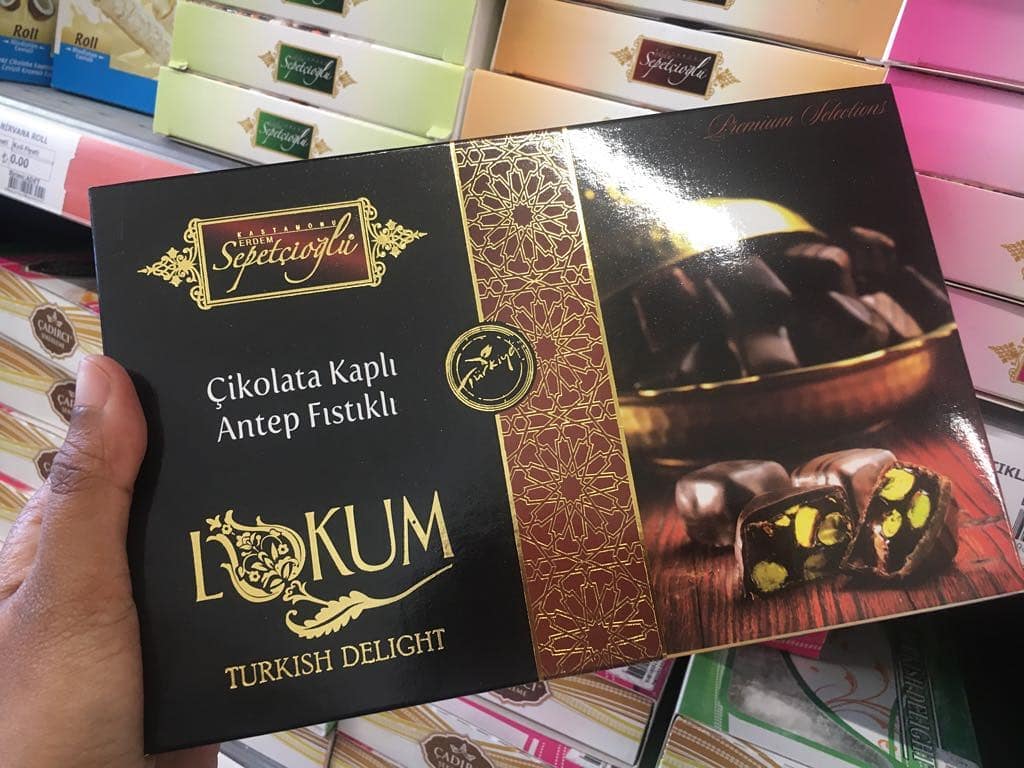
Turkey is truly a country where all sweet teeth can be cured. One of the most amazing sweet treats that Turkey is very proud of its Lokum. Lokum is a confection that has a starch and sugar jelly base. There are many different varieties of Lokum. Some consist of pistachios, hazelnuts, or walnuts.
Some traditional varieties have the flavors of rosewater, mastic gum, lemon, or orange too. This Asian candy is often presented in small cubes and is covered in powdered cream of tartar. The origin of delights is not known, but traces go back to the late 18th century.
Philippines Sweet Treats
14. Halo-Halo
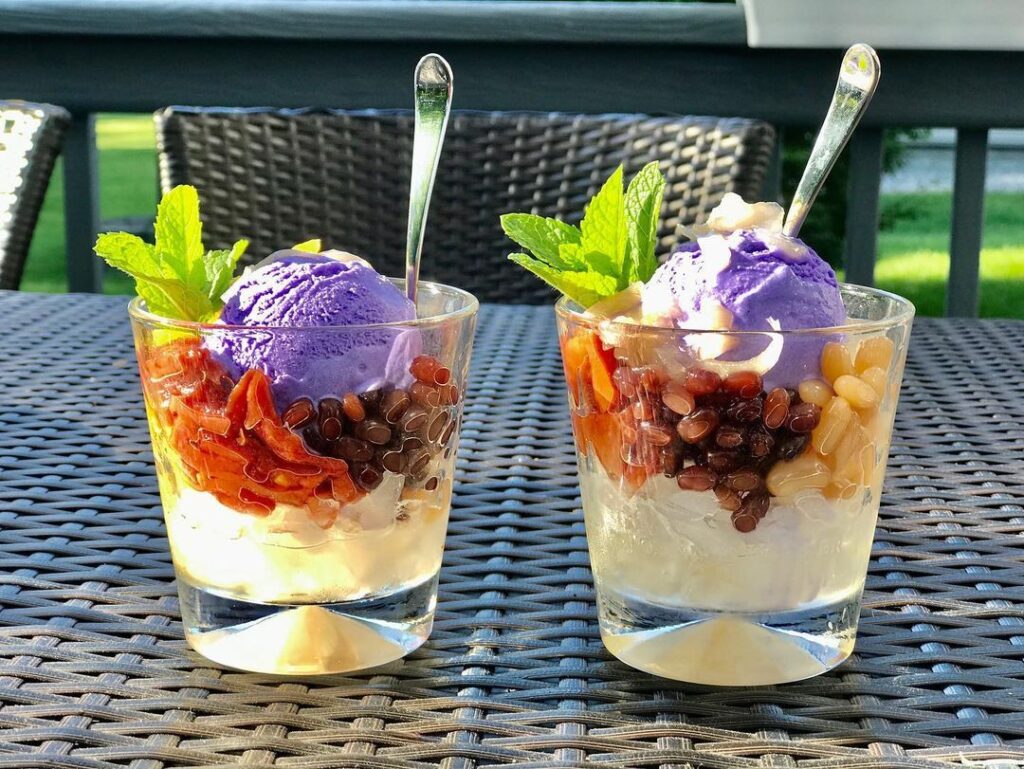
Halo-Halo is a very popular cold treat in the Philippines. It is made from crushed ice, evaporated milk, and condensed milk. There are some other varieties of ingredients added too, such as Ube, sweetened beans, coconut strips, sago, and others. It is usually served with a scoop of ice cream on top.
Halo-Halo is so important to the Filipino people that it is an unofficial national dessert. Halo-Halo translates into English as “mixed”. The origin traces back to Japan, when, in the 1920s, Japanese migrants created the sweet treat. And as some sources prove, this Asian candy was popular in the 1920s outside Japan too. Even though Japan has a dessert similar to Halo-Halo, it is still different in its ingredients and proudly remains a Filipino treat.
15. Sampalok Candy
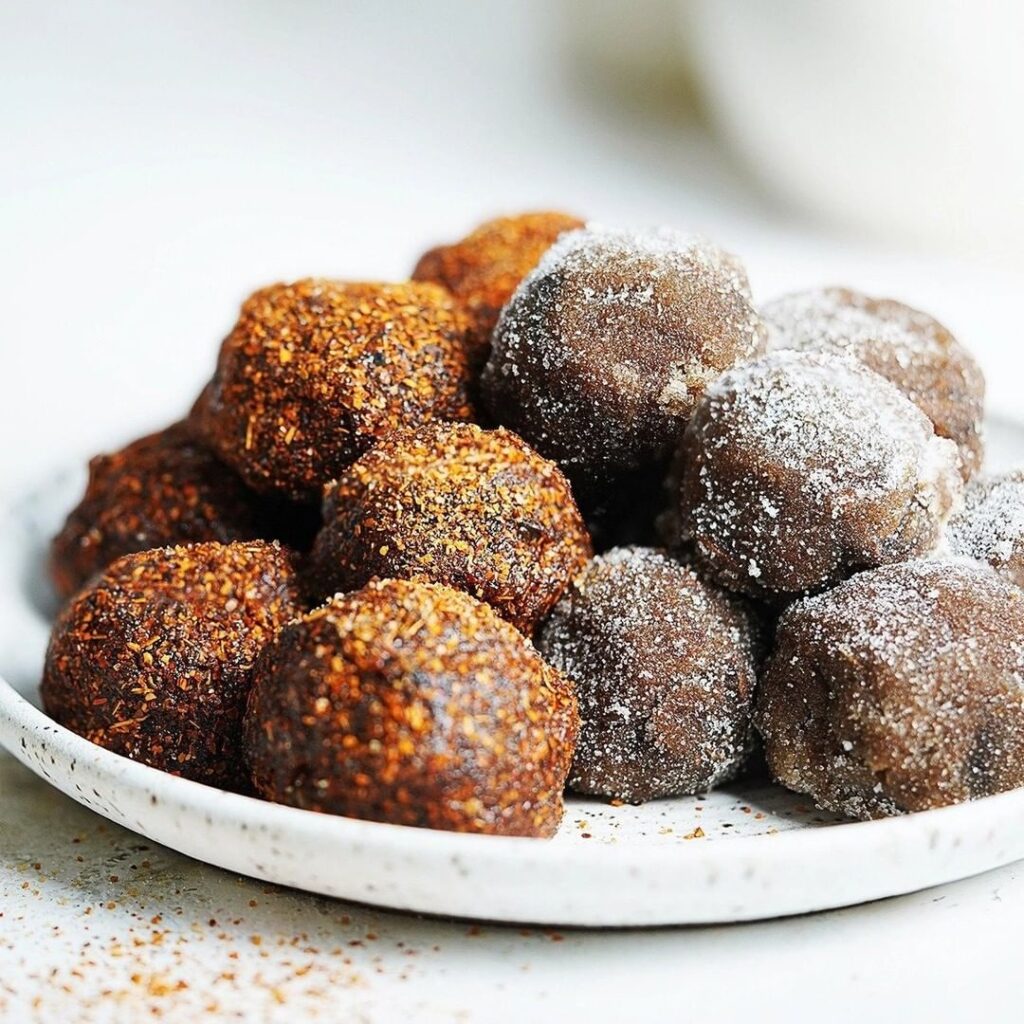
Sampalok is an Asian candy, originally from the Philippines. Tamarind and sugar are rolled into the balls to make tamarind candy. Candy is a perfect mixture of sweet, savory, and salty tastes.
Sampalok is also very popular in Thailand. As we can see, tamarind is widely used in the sweet treats of Asian countries, especially the Philippines, Thailand, Malaysia, and Singapore.
Popular Treats from Saudi-Arabia
16. Ma’amoul
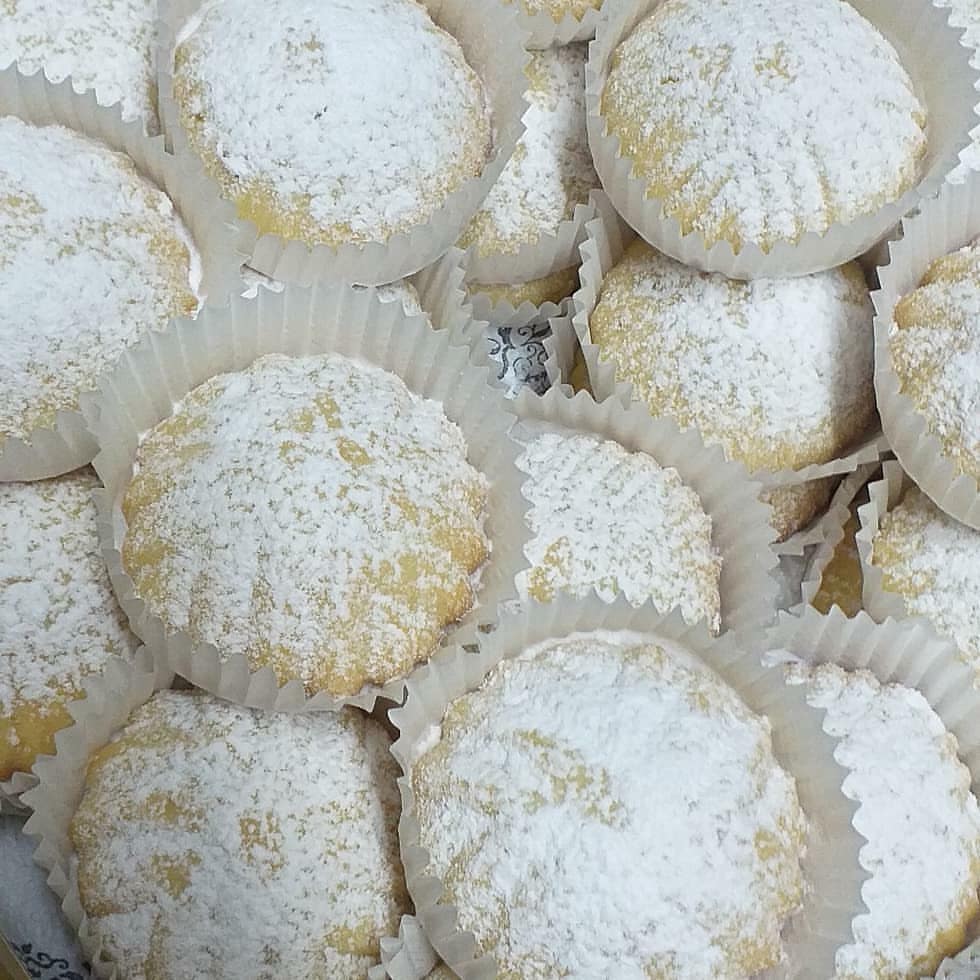
Ma’amoul is a sweet confectionery from Saudi Arabia. It is a cookie that is made with semolina flour. The cookie is buttery and mostly consists of dried fruits like figs or nuts (pistachios or walnuts).
The treat is mostly consumed during the holidays and is very popular in the Arab World. The cookies come in various shapes and sizes and can be in the shape of balls, domed or flattened. The decoration is mostly done by hand, and they are cooked in the wooden molds called “Tabe.”
17. Basbousa
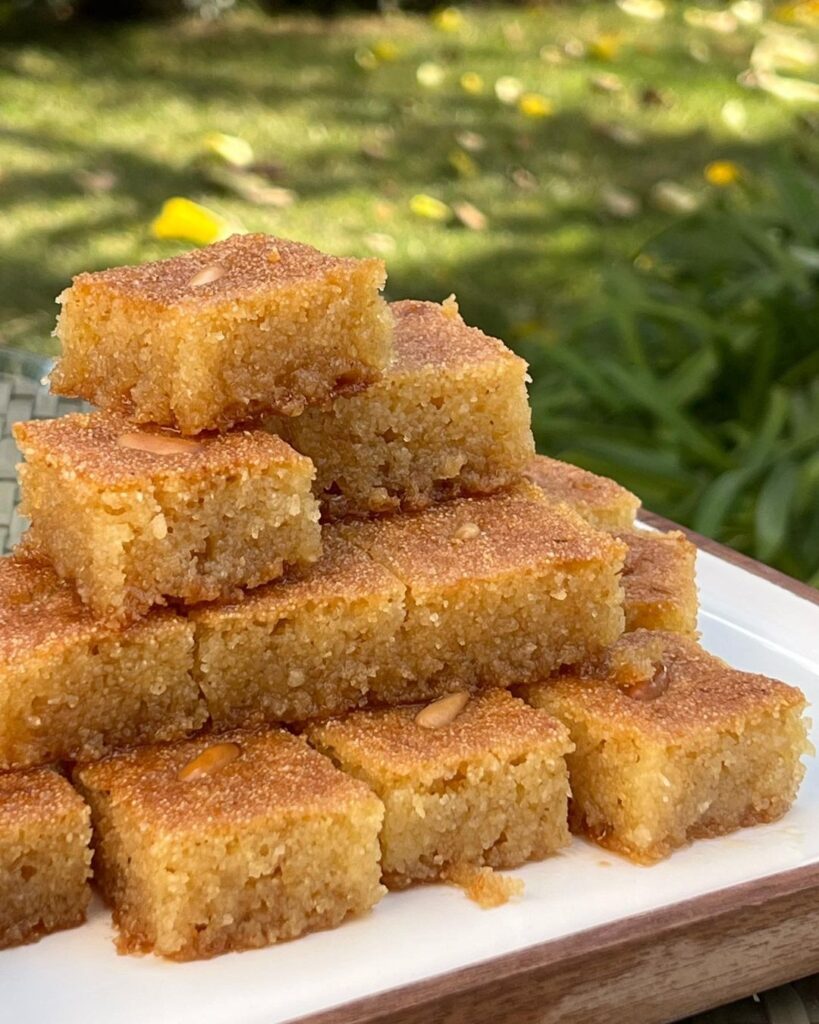
Basbousa is a true pride of Arabic culture. The origin goes back to Egypt. However, it is very popular and loved in Saudi Arabia. It is like a little cake that has the shapes of diamond or square. The flavor of the cake is very rich, yet fragrant. It is the perfect treat after dinner, on holidays, or at luxurious events. Everybody falls in love with it immediately because of its light texture and taste.
Cake bites consist of semolina batter and are baked on a sheet pan. It also includes orange flower water, rose water, or syrup. The sweet treat can be found in the areas of the former Ottoman Empire.
Bottom Line
Asian culture is well known for its wild creativity and flair. And their candies and sweet treats aren’t any different. Asian candy is typically not as sweet as in the US, but no doubt, the packaging is much more vibrant. We can say that the cultural phenomenon and its influence are also significant in the candy industry. In most sweet treats, the rice flavor is used, and it is the most authentic thing and is the main characteristic.
As we went through some very unique Asian treats, we once more became convinced that it is mind-blowing how vibrant the colors, shapes, tastes, and flavors are. Share your thoughts in the comment section below. Those treats are really worth giving a try, right?

Nato is a content writer and researcher with a background in psychology. She’s passionate about writing about the candy industry and exploring the cultural significance of sweets and treats. She believes that the stories behind our favorite snacks can reveal a great deal about our values.
Please leave a review or any memories of this snack in the comments below. Thank you!
Click here for a full A-Z list of Snacks and Candy
